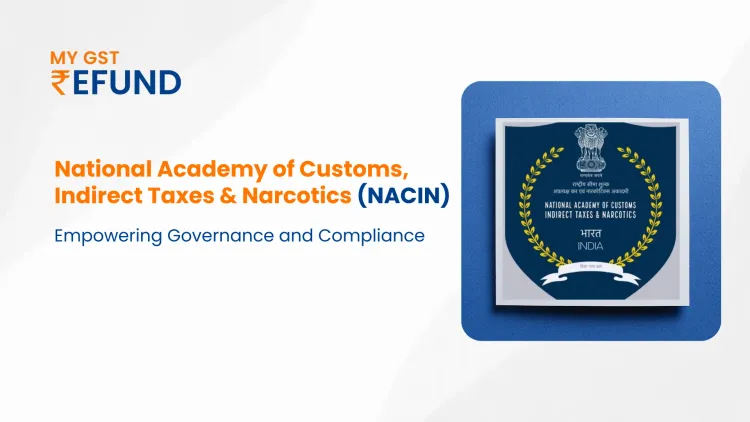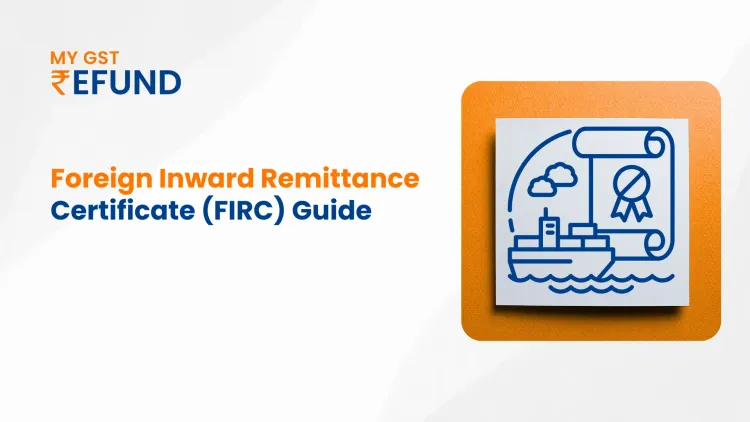The Media and entertainment market is globally the fifth largest industry. Entertainment is a broad term that covers several business sectors. It includes many industries dedicated to entertainment.
Entertainment is important to our lives and has a fast growth trajectory. It is considered a third sector of the economy. In big cities like Mumbai, people often relax by watching movies on weekends. Initially, the entertainment industry in India faced multiple taxes including central, state, and local taxes on services like movie theaters. However, these taxes were replaced by a single tax after the implementation of GST in India.
This article discusses the impact of GST rates on the Media and Entertainment industry.
Tax on Entertainment industry before GST implementation
Before GST was implemented in India, there was an entertainment tax on various entertainment services. These taxes varied widely, ranging from 0% to 110%, depending on the type of service, location, and other factors. There were also different taxes like VAT (Value Added Tax) and service tax applied to entertainment-related services, including food sold at movie theaters. VAT and service tax were charged at rates of 14.5% and 15% respectively.
Under the GST regime, different types of media and entertainment services fall into two tax brackets:
Under 18% GST Rate: This applies to services like TV and DTH (Direct-to-Home) services, circus performances, theater shows, and classical dance events.
Under 28% GST Rate: This category includes events and establishments such as cinema halls (including movie tickets), casinos, sports events, music festivals, horse racing, amusement parks, etc.
Positive impact of GST on Media and Entertainment
- In the case of leasing film or television content rights, there was uncertainty whether these transactions constituted a sale of goods or provision of services. If considered a sale of goods, VAT applied; if considered a service, Service Tax was applicable. This ambiguity often led to transactions being subjected to both VAT and Service Tax, totaling 21% in Maharashtra (15% Service Tax and 6% VAT).
- With the implementation of GST, these transactions are now classified as a supply of services. They attract a 12% GST rate, which applies to temporary or permanent transfer or permit for the use or enjoyment of copyrights.
- Under the previous tax regime, film tickets were subject to Entertainment Tax based on state laws, without any offset against Service Tax or VAT paid by distributors. This led to a cumulative tax burden on consumers. GST has subsumed the state-level Entertainment Tax, resulting in a unified tax rate.
- Film distributors can now claim Input Tax Credit (ITC) on GST paid by producers, and similarly, theater owners can claim ITC on GST paid by distributors. With a GST rate of 28% applicable to tickets purchased by consumers, it is expected that ITC will be fully utilized.
- GST also eliminates the dual tax levies of Service Tax and VAT that previously applied to various transactions, streamlining taxation in the entertainment industry.
Negative impact of GST on Media and Entertainment
- Amusement and entertainment parks are concerned about the high GST rate of 28% applied to them. This rate is similar to that imposed on services like casinos and racecourses. However, it may not be appropriate to apply such a high rate to entertainment parks, which are typically family-oriented venues.
- In the production of feature films and TV serials, there are significant expenses involved in providing food, beverages, outdoor catering, and transportation services, especially during late hours and at various locations. These costs are essential for production but under GST, the tax paid on these expenses cannot be claimed as Input Tax Credit (ITC).
- Many states previously provided tax exemptions to regional films and those promoting positive societal messages by exempting them from entertainment tax or granting temporary exemptions. With GST implementation, states no longer have the authority to provide such exemptions, potentially affecting support for these types of films.
Reverse Charge mechanism
The reverse charge mechanism, which was applicable under Service Tax, also applies to GST. Under this mechanism, the recipient of the service is responsible for paying the tax instead of the supplier. In GST, the scope of the reverse charge mechanism has been expanded compared to Service Tax.
In the entertainment industry, many service providers and suppliers are small-scale businesses. When registered entities purchase goods or services from these providers, they must pay GST themselves. This not only involves paying the tax but also increases compliance requirements, including the preparation of invoices. This is likely to raise both compliance costs and the basic input costs.For recipients of services, especially during outdoor shoots in remote locations, complying with these requirements may become more challenging and costly.Furthermore, services provided by authors, music composers, photographers, artists, etc., involving the transfer or permission to use copyrights under the Copyright Act, 1957, are now subject to reverse charge. This was mandated through a notification dated 28th June, 2017.
Impact of GST on end consumer
GST has had both positive and negative impacts on consumers in the entertainment industry, varying from state to state. Before GST, the tax on entertainment services averaged around 30%. Movie tickets attracted an average entertainment tax, while a combined 20.5% VAT and Service Tax applied to food and beverages at theatres.
Under GST, movie tickets now incur a 28% tax, while food and beverages are taxed at a standard rate of 18%. On average, GST rates are lower compared to the previous tax system. However, states that previously had low or no taxes on entertainment services now see an increase in costs due to GST. This variation in taxation has led to differing prices of movie tickets across states.States that previously had higher entertainment taxes under the old regime are experiencing reductions in prices due to GST. Conversely, states with historically lower taxes on entertainment services are seeing an adverse impact due to the standardised GST rates.
Impact of GST on Entertainment Industry Owners
The implementation of GST has impacted the entertainment industry, affecting owners and consumers alike. Owners of movie theaters and amusement parks are also required to pay GST on their services, similar to end consumers. This liability falls under State GST, and the impact can vary depending on the state where these establishments are located.
According to analysis by the Multiplex Association of India, in states where the GST rate is 28%, the impact of GST has been assessed as negative in 12 states, positive in 7 states, and neutral in 1 state.
Input Tax Credit on GST
Input Tax Credit (ITC) now applies to amenities such as catering, renting premises for various purposes, security costs, etc., which were not eligible for tax credits before GST. GST paid on these amenities can now be considered as input tax, which can be adjusted against applicable output taxes.
Through ITC, businesses can recover additional taxes paid on services like security and other related services used in entertainment facilities. In several states, GST has reduced the cost of entertainment services, especially where the state's previous entertainment services tax exceeded 28%. However, states that previously had low or no entertainment services tax are experiencing increased costs for movie tickets, catering, security, and related services.The impact of GST on the media and entertainment industry can be both positive and negative for owners and end consumers, depending on the state-level taxation changes.
Conclusion
In summary, GST has significantly altered India's media and entertainment sector by simplifying taxation with reduced rates and introducing benefits like Input Tax Credit. However, the impact varies across states: those with higher previous taxes may benefit from lower costs, while states with lower previous taxes could face increased expenses. Challenges include the high GST rate for amusement parks and complexities in meeting compliance requirements. GST aims to standardise and modernise taxation, but its effectiveness in balancing costs and benefits hinges on state-specific conditions.
Also Read - GST on Air Conditioners: Meaning, Benefits, and Impact
Related Posts








